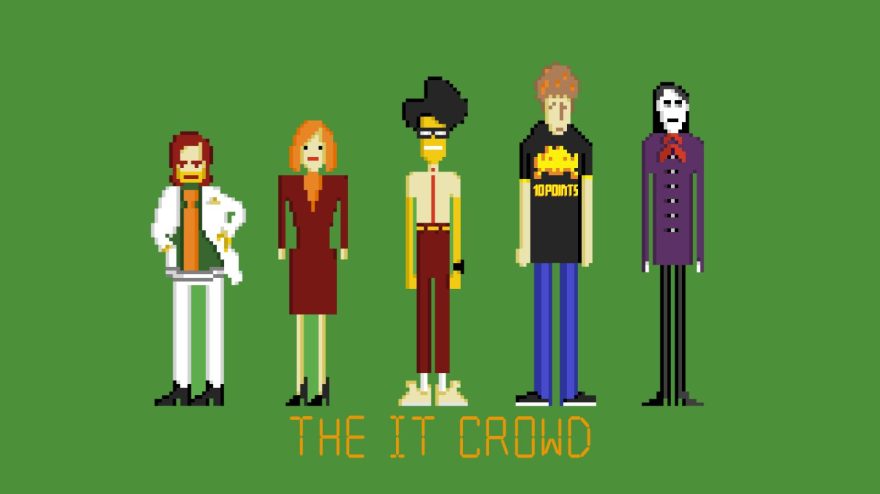by Dr. Gordon B. Schmidt, University of Louisiana Monroe
When we talk about topics like Needs Assessment in classes related to Human Resource Development, Human Resource Management, or Training it can be difficult to find engaging examples. In my own classes related to Human Resource Development and Training I use a series of clips from the show The IT Crowd to help to illustrate aspects related to needs analysis. This offers a shared cast of characteristics to consider related to needs assessment aspects.
This resource highlights three freely available YouTube videos from the show that can be used to illustrate this area. The clips presented can also all be found in the first episode of the IT Crowd, which currently can be found on Netflix.
The terminology used here is similar across classes and textbooks, but matches most directly Blanchard & Thacker (2019), Effective Training: Systems, Strategies and Practices Sixth Edition by Chicago Business Press.
Triggering Event
In the initial step of the needs analysis process an organization has a event or a trend that is concerning. This is usually a performance gap, where the performance level is not at the level the organization expects or wants. It can also be an event where people do not behave in the way an organization would expect or want them to.
This clip from the IT Crowd gives a great example of this, as the worker’s reaction to a fire and subsequent behaviors are not what any organization would want. This organization definitely needs a solution to fix the gap between expected performance and what actually happens.
The clip also offers a range of different issues in the situation- some related to the individual and some the environment. This allows for a discussion that some aspects of the solution might be training while others might be technical changes to the environment (such as sprinklers or automatic alarms). Training or HRD is not always the only or best solution.
Organizational Analysis
For an organizational analysis, a Human Resource professional examines elements of the organization and its policies that may be causing the performance gap.
In this clip a team is having dysfunction and goes to a manager for help. The manager’s perspective on what being a good team is though leads them to cover up the problem instead of getting help. It is a good illustration of how the organization’s rules or values may cause people to act in unproductive and seemingly irrational ways. They may seem irrational but make sense as strategies in that particular environment. Those policies and values usually need to be changed before a solution like training or HRD can help fix a performance gap.
Operational Analysis
Operational analysis examines the behaviors people in a job should do for successful performance. It could focus on general competencies that are relevant to top performance versus average performance. It could alternatively focus on the particular tasks workers do in the job across the day and the Knowledge, Skills and Abilities (or attitudes) that help them to do those tasks.
While there is not a unique IT Crowd clip I use for this type of needs analysis, either of the clips for the “Triggering Event” or “Person Analysis” could be examined here by a class on what should be done in such a situation or position.
If the “Personal Analysis” clip on handling IT problems is used it could be compared with an existing description for a person in a “Computer User Support Specialist” role provided by a resource like O*Net.
https://www.onetonline.org/link/summary/15-1232.00?redir=15-1151.00
Person Analysis
In the person analysis phase of needs analysis individual worker behavior is looked at. So we are looking at individual strengths, weaknesses and behaviors of employees.
This clip gives an example of two workers doing the same job. While we might rate both workers as “poor,” how they get to that performance rating is very different, as they have different strengths, weakness and behaviors. This helps illustrate how performance can come from a different mix of behaviors and skills. A training or HRD solution set-up to fix one person’s deficiencies may not be relevant to another person’s.

